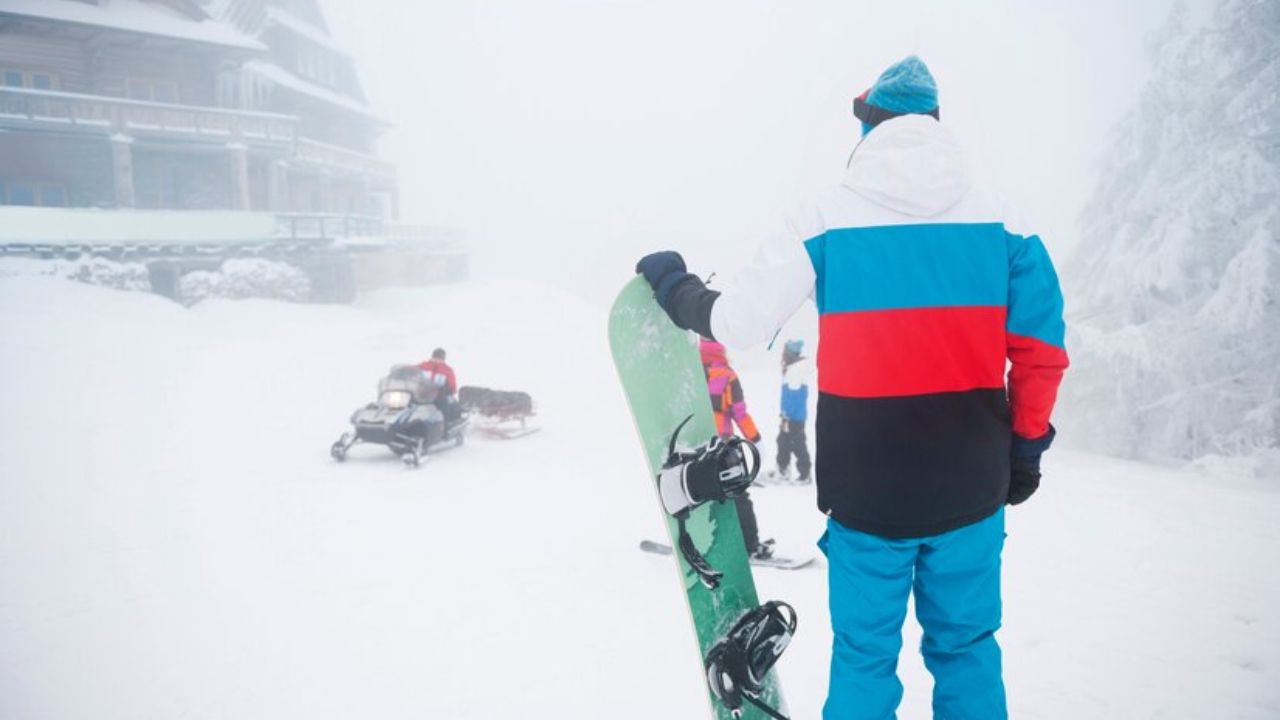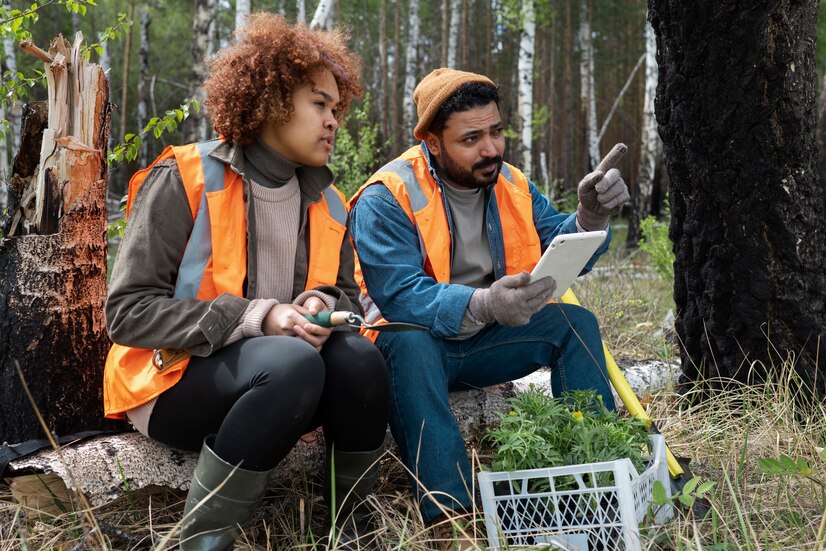Nestled in the serene mountains, a beloved ski resort has recently found itself in a precarious position. Once buzzing with eager skiers and snowboarders carving their way through fresh powder, this winter wonderland is now facing troubling times. Bad News for A Ski Resort NYT has reported on the unsettling trend that’s casting shadows over the slopes. As we unpack the challenges threatening not just this resort but the entire skiing industry, it becomes clear that these troubles are more than just seasonal woes; they reflect deeper issues affecting communities and economies across snowy landscapes. Let’s dive into what’s happening and why it’s crucial for everyone who cherishes winter sports to pay attention.
Factors contributing to the decline of the ski industry
The ski industry is facing significant challenges. One of the primary factors is climate change, which has led to inconsistent snowfall and shorter seasons. Many resorts struggle to maintain a reliable snowpack.
Additionally, rising costs are pushing families away from ski trips. Equipment rentals, lift tickets, and lodging can quickly add up. Many potential skiers find alternatives that fit their budgets better.
Another issue is the aging demographic of regular skiers. Younger generations are less interested in traditional skiing activities. They often prefer more diverse winter experiences or indoor entertainment.
Moreover, competition from other sports and destinations makes it tough for ski resorts to attract visitors. Outdoor enthusiasts have plenty of options beyond the slopes these days.
All these factors create a perfect storm for decline within an industry once booming with excitement and adventure.
Impact on local economy and community
The decline of ski resorts like the one highlighted in the “Bad News for A Ski Resort NYT” piece has serious repercussions for local economies. When these slopes are quiet, businesses that rely on winter sports experience a sharp downturn. Restaurants, shops, and hotels suffer from decreased foot traffic and sales.
Employment opportunities dwindle as well. Seasonal jobs vanish along with visitors. This loss impacts not only direct employees but also those in related sectors like transportation and food supply.
Community events that once thrived around ski season struggle to find funding or participation. Local culture becomes less vibrant without the influx of tourism dollars.
People may begin to leave the area in search of better job prospects elsewhere. The fabric of tight-knit communities can fray when economic stability is compromised by such significant changes in tourism patterns.
Attempts to revive the ski resort’s business
Ski resorts are actively seeking innovative strategies to revive their dwindling business. Many are investing in modernizing infrastructure, upgrading lifts, and improving snow-making capabilities. These enhancements aim to attract both seasoned skiers and newcomers.
Marketing campaigns have also shifted focus. Resorts now emphasize family-friendly activities and beginner programs, hoping to entice a broader audience. They’re creating packages that include lessons, rentals, and accommodations at competitive prices.
Local partnerships play a crucial role too. Collaborations with nearby hotels and restaurants can create enticing bundled deals that encourage visitors to extend their stay. Additionally, some resorts host events such as winter festivals or live music nights to draw crowds outside of traditional skiing hours.
Engaging social media promotions showcase the resort’s vibrant community atmosphere. This digital strategy aims not just for immediate visits but also long-term loyalty among winter sports enthusiasts looking for unique experiences on the slopes.
Challenges faced by ski resorts in a changing climate
Ski resorts are confronting significant challenges due to climate change. Warmer winters mean less snowfall, impacting the core of their business. Many slopes that once thrived now struggle to maintain adequate conditions.
Increased variability in weather patterns adds another layer of uncertainty. Resorts must adapt quickly to unpredictable seasons, often leading to financial strain. Investments in snow-making technology can help, but they come with high operational costs.
Moreover, changing attitudes toward winter sports affect participation rates. Younger generations seek diverse activities and may not prioritize skiing as previous ones did.
These factors combine to create a precarious future for ski resorts aiming for sustainability and profitability amid evolving environmental realities.
Alternative activities for winter tourism
As skiing faces challenges, winter tourism opens up to a world of alternative activities. Snowshoeing has gained popularity for those seeking tranquility in nature. It allows adventurers to explore serene trails while getting a great workout.
Ice skating is another delightful option, transforming frozen lakes into vibrant hubs of fun. Families can enjoy the simple pleasure of gliding across the ice, creating memories and laughter.
For thrill-seekers, snowmobiling offers an exhilarating way to navigate snowy landscapes. This adrenaline-pumping adventure appeals to both seasoned riders and newcomers alike.
Building snow forts or engaging in friendly snowball fights brings out the child in everyone, fostering connection among friends and families.
Winter festivals celebrate the season with art displays, food stalls, and live music—creating a festive atmosphere that attracts visitors year after year. These alternatives not only enhance winter tourism but also encourage communities to embrace diverse offerings beyond traditional slopes.
Conclusion: The future of skiing and steps that can be taken to ensure its survival
The future of skiing hangs in a delicate balance. With changing weather patterns and increased competition from alternative winter activities, Bad News for A Ski Resort NYT must adapt or risk becoming relics of the past. Embracing sustainable practices is essential. This includes investing in energy-efficient snow-making equipment and promoting eco-friendly transportation options for visitors.
Collaboration with local businesses can create unique packages that highlight regional attractions beyond the slopes. Ski resorts could host events that cater to non-skiers, drawing families who might otherwise skip a trip altogether. Emphasizing community engagement is also crucial; involving residents in decision-making processes will foster loyalty and support.
By diversifying offerings during the off-season, ski resorts can maintain revenue streams year-round. Whether it’s mountain biking, hiking trails, or summer festivals, expanding activities will help keep these destinations vibrant even when there’s no snow on the ground.
Innovation remains key as well; technology-driven solutions—like advanced mapping apps or enhanced customer service platforms—could elevate visitor experiences and ensure return visits.
For those invested in winter sports culture, taking proactive steps now may just secure a thriving future for skiing amidst uncertain times ahead.







